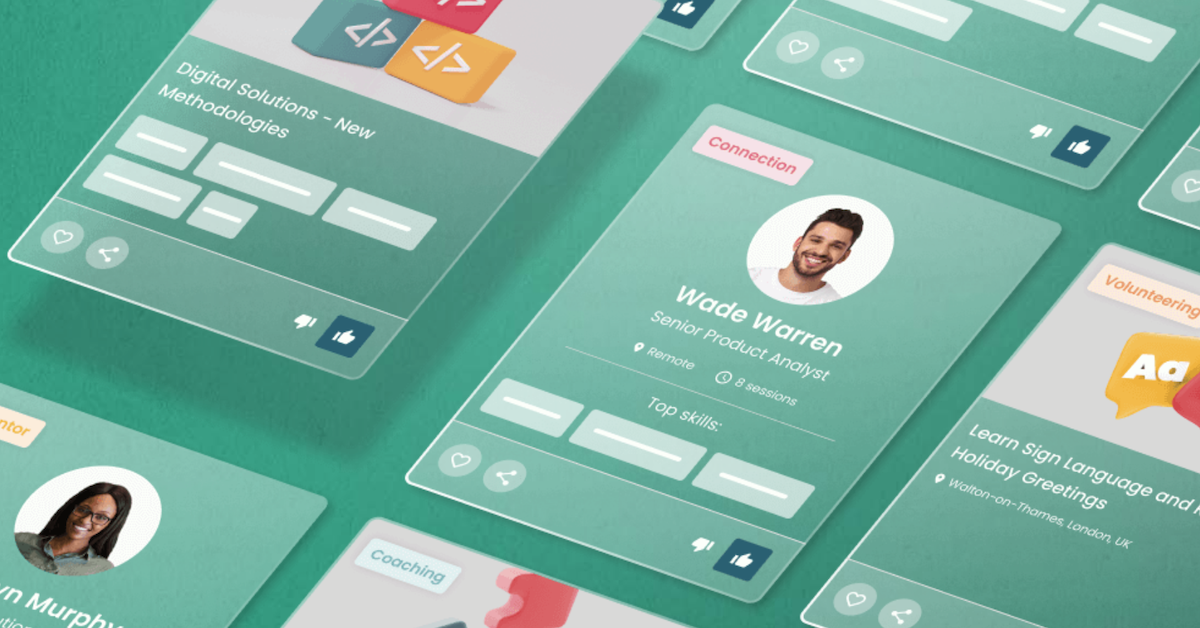How Ford Otosan modernized with a workforce agility platform
Creating a cross-collaborative to enable its workforce for the future of work

Since 1977, innovation has lied at the center of Ford Otosan. Responsible for the production of 74% of all commercial vehicles sold in Europe, maintaining an advantage in their market meant continuously building the skills needed for the industry’s future.
Despite already topping the European commercial vehicle manufacturing market, Ford Otosan made recommitted its values to equipping its workforce for the future of work. A culture of agility was the promise they made to employees, and they chose Gloat’s Workforce Agility Platform to make it a reality.
HR Lead Ali Riza Aksoy has spent the last 26 years of his career with the company and embodies the agile mindset Ford Otosan wants to equip its entire workforce with. His story, starting at the company with a mechanical engineering degree and working on the manufacturing side of operations to then transitioning his career to HR, served as an example for Ford Otosan on the benefits of dynamic ways of work and internal mobility.
“What does it mean to be agile for the people? It means being agile for an employee, for the people, means being adaptive, being responsive sometimes, being proactive, and also being in a growth mindset,” Aksoy said. “With the help of those requirements, we decided on the Workforce Agility Platform. We recognized that we need a platform, a solution, and a structure, to have a solution for those requirements. Gloat was the answer for us because you are the leading solution provider in terms of experience, size references, and ease of implementation.”
How Ford Otosan reaffirmed its culture to embrace innovation
With a commitment to revitalize the innovation, creativity, and capability of its workforce, Ford Otosan looked to transform its culture. Pursuing talent mobility as the manifestation of their transformation to an agile workplace has merit: Studies show that high-performance organizations are twice as likely to prioritize talent mobility than low-performance organizations.
Though early in its implementation, Aksoy and the rest of the HR team are focusing on three key areas to continue finding success in mobilizing the true capability of its people.
#1. Emphasize skills over job titles to understand workforce capabilities
Globally, an average of 42% of the core skills required to perform a job will change by the end of 2022. For a company like Ford Otosan that’s looking to remain at the top of a competitive market, understanding what skills make up every job is critical.
Often referred to as workforce pixelation, breaking down the totality of work into smaller parts—from sub-divisions and teams to specific projects or tasks—helps organizations better understand what specific skills contribute to company objectives and which people in the company are suited to tackle them.
#2. Align talent development with a focus on future skill needs
More than two-thirds of employers around the world report difficulty finding the talent needed today. With skills priorities in the future of work still evolving, using external hiring might not be effective for bridging skill gaps.
But with an experienced workforce already committed to the success of Ford Otosan, the company turned to reskilling and upskilling objectives to give people the tools needed to meet future objectives. Gloat’s Talent Marketplace matches talent with relevant training and mentorship opportunities to continue building their skills, while Workforce Intelligence gives leaders insight into the company’s full skills in real-time.
As rapidly as market conditions change, matching skills with speed is critical for Aksoy’s team.
“In order to copy the speed of change with the requirements of work, it’s necessary to develop yourself,” Aksoy said. “Know yourself, develop yourself, and transform yourself, because everything
changes. This is another very important set of three words: discover, develop, and transform. To unleash your potential, discover it, develop it, and then transform with it.”
#3. Establish buy-in from all levels of workers
The fear of “losing” top talent to other departments can make some managers uneasy. Workers might be hesitant to volunteer for assignments that, though aligning with their ambitions, may seem out of reach. To address these concerns, companies must establish an open dialogue through direct implementation teams to understand how the talent marketplace can be improved—while also giving people increased ownership of the product.
Ford Otosan deployed “change champions” from within the organization to help fellow talent engage with the platform. Above all, keeping clear and consistent communication channels open is what drives engagement.
“The involvement of executive and senior leadership teams was critical as part of our change network,” Aksoy said. “Our top management was an excellent place to start, but the challenge was for us to make their sponsorship visible in the business. So we provided that visibility via the marketplace. Some of the leaders posted projects, and others matched as a mentor or mentees. We shared all these experiences and feedback via town hall talks, online coffee chats, and experience-sharing videos.”
The future of Ford Otosan: innovation at scale
With Gloat’s Workforce Agility Platform, Ford Otosan is aligning its organization and vision toward the future of work. Using skills as the foundation for their transformation, the company is doing more than empowering a future-ready workforce—they’re giving people agency in their professional lives.
To learn more about how Ford Otosan is investing in innovation, watch the full conversation.




